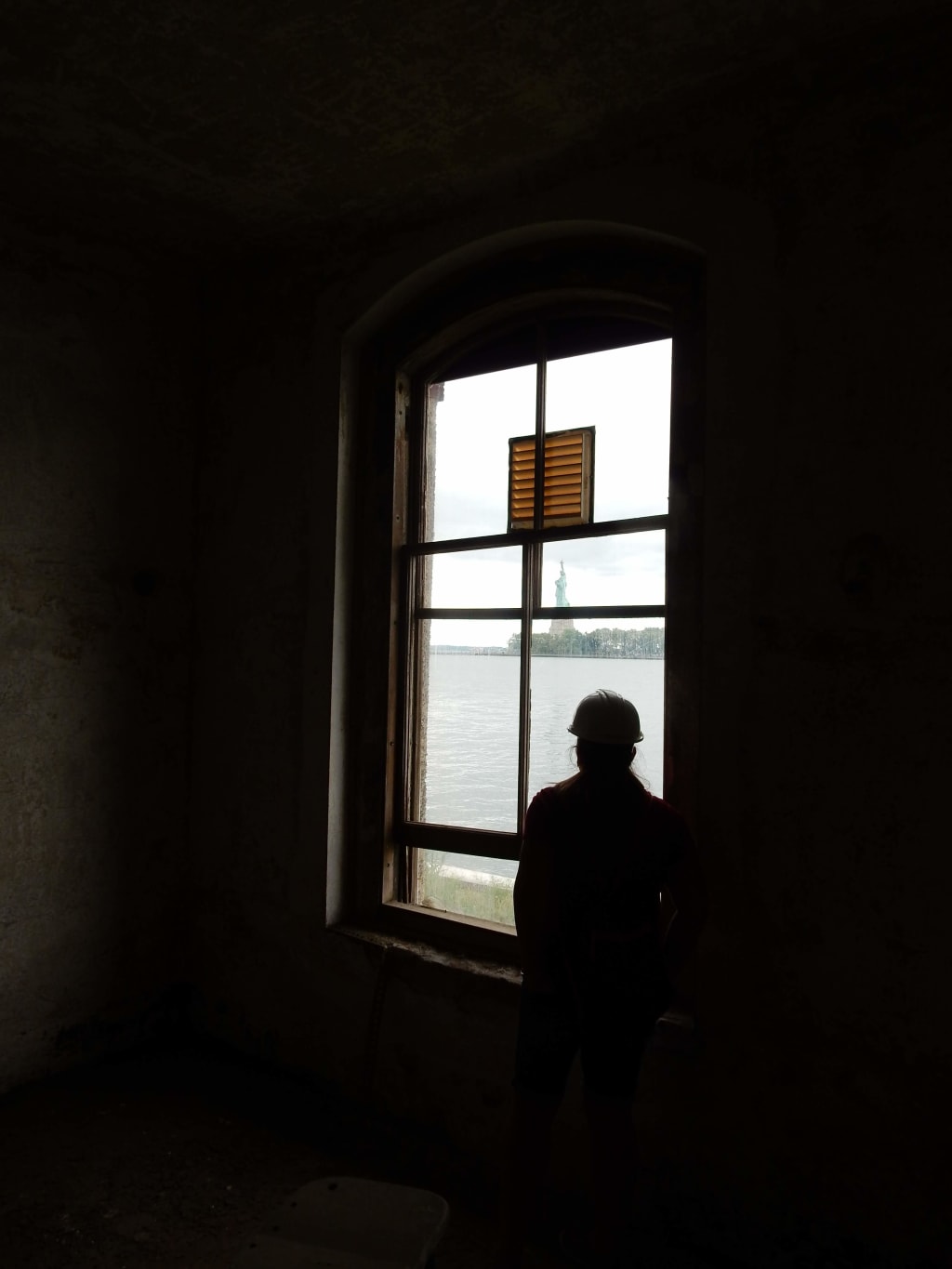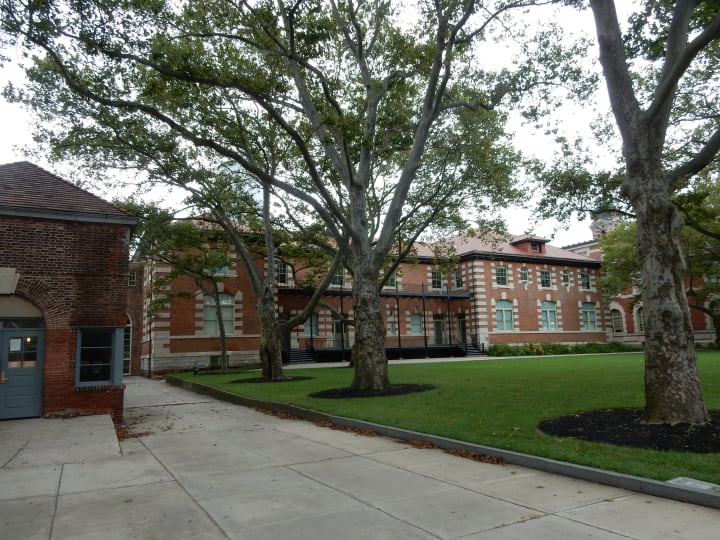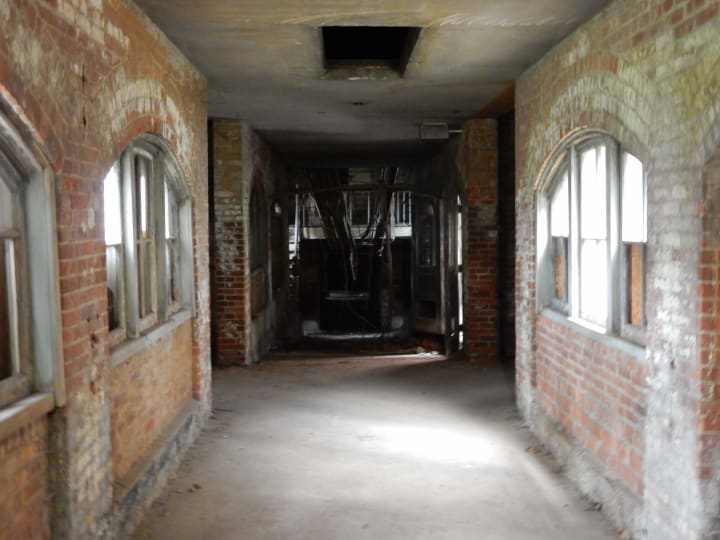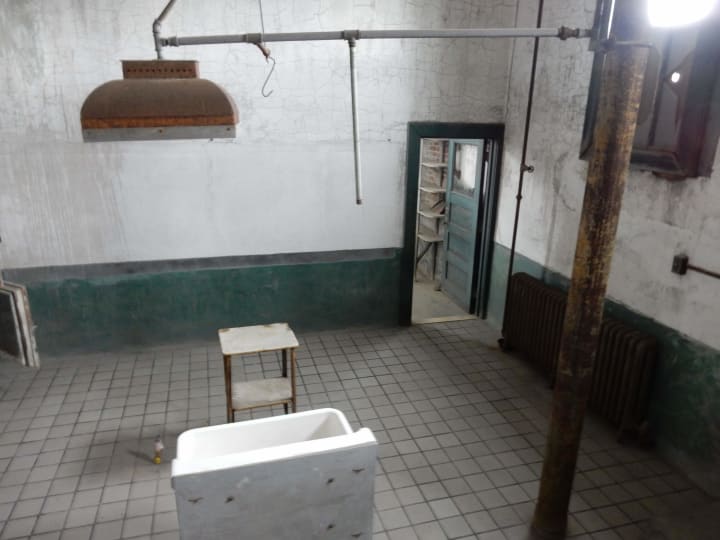The Real Ellis Island
The special tour that will change your view of immigration

A trip to New York city is incomplete without experiencing the rich amount of American history that is on offer. The museums, the monuments, parks, statues, and historical sites is overwhelming. But top of most tourists' lists is a trip to Ellis Island and the Statue of Liberty. The story of the United States is so deeply integrated with these two national parks that actually visiting them can really make all the difference in your view of the United States.
Ellis Island started out life as a privately owned island that offered a bar for fisherman and seafarers working the harbor. After the Federal government decided to take control of immigration away from state governments, they decided Ellis Island would be the best spot to regulate immigration into the United States. The island closed after processing millions of immigrants in 1954. Years later, it became a national park that attracts millions of visitors, and tells the story of American immigration as well as other historical exhibits.

The hospital and medical wards from the outside. The public part of Ellis Island is behind this view.
All of this is available to any tourist from their hotel clerk. The trip to the Statue of Liberty and Ellis Island is easy to book online or through your tourist agent. But what they don't tell you is that there is a very restricted tour of the real Ellis Island that sells out almost every single day. This tour is a tour of the immigration facilities on the island that are not open to the public. This includes the hospital, surgical wings, and areas they used to diagnose and treat some of the most threatening diseases that faced people in the early 20th century.

A hallway to lead patients for more medical screenings.
The Ellis Island Hard Hat tour only happens a couple of times a day, and as you can tell from the name, involves some risk. There are collapsing ceilings, breaking walls, shattered glass windows, and rusty sharp metal door frames everywhere. As you listen to the tour and take some fantastic pictures, you certainly have to pay very careful attention to your surroundings. Because of the risk, you gain an unexpected benefit. Not only do you get to wear a hard hat the whole time, it necessitates a very small tour. The tour guides are incredible historians and archivists and will answer all of your questions thoroughly, since only a dozen or so people can go through the rooms at once.

The decaying building and the reclamation of nature combine for some dramatic images.
This tour takes you through a part of Ellis Island few have ever seen. Included are the medical wards, the isolation wards (for diseases like Typhoid, Measles, and other maladies), the psychiatric wards, the morgue, and the personal homes of the resident medical chiefs on the island. But the experience is far more important than any set of pictures can be. You are quite literally standing in a site of historical importance for millions that few contemporary Americans have ever seen.

A medical ward or perhaps library for patients.
The buildings on the island are being preserved in a state of "suspended decay." That is, you get to see the walls, the masonry, and the rooms as close to original as possible. The buildings have not been repaired or painted since before the 1954 closing. You get to see the facilities as close as possible to the way that the immigrants would have seen them.
But the real value of this is to see a very isolated, very exclusive part of American history. I couldn't help but imagine what it would have been like to be there in the early 1900s, hopeful for a better life, wondering if I would feel better soon. I also imagined what it would have been like to be a doctor there, treating hundreds of people from all over the world. What an experience, particularly in a time when international travel was expensive, time-consuming, and dangerous.

The morgue. Take note of how little space was needed for bodies. Not many people died while at Ellis Island. But the diseases they were battling were extremely dangerous.

An operating theater used primarily for autopsies. Ellis Island was a teaching hospital for young American doctors. The physicians did all they could to learn about these deadly diseases.
The most important part of visiting these facilities is that they serve as an excellent start to a conversation about immigration. Today, just like over 100 years ago, immigration—how it works, who comes, and debates about it—shapes our national policy and our understanding of what it means to be American. On my tour there were many questions about how immigrants were processed and where they came from. Historical experiences where you are in the place where these issues were enacted differently than in your own time really provides perspective. The thoughts and feelings you have walking around abandoned hospital rooms will stay with you for a very long time after you leave New York.
The hard hat tour of Ellis Island can be booked online. Look carefully for it when planning your Statue of Liberty trip. Don't miss it if you are planning on visiting New York City.

A medical ward. Beds would be between windows. The white chair represents where a nurses station might have been. The floor is the original flooring placed sometime in the 1930s-1940s.
About the Creator
Steve Llano
Professor of Rhetoric in New York city, writing about rhetoric, politics, and culture.






Comments
There are no comments for this story
Be the first to respond and start the conversation.